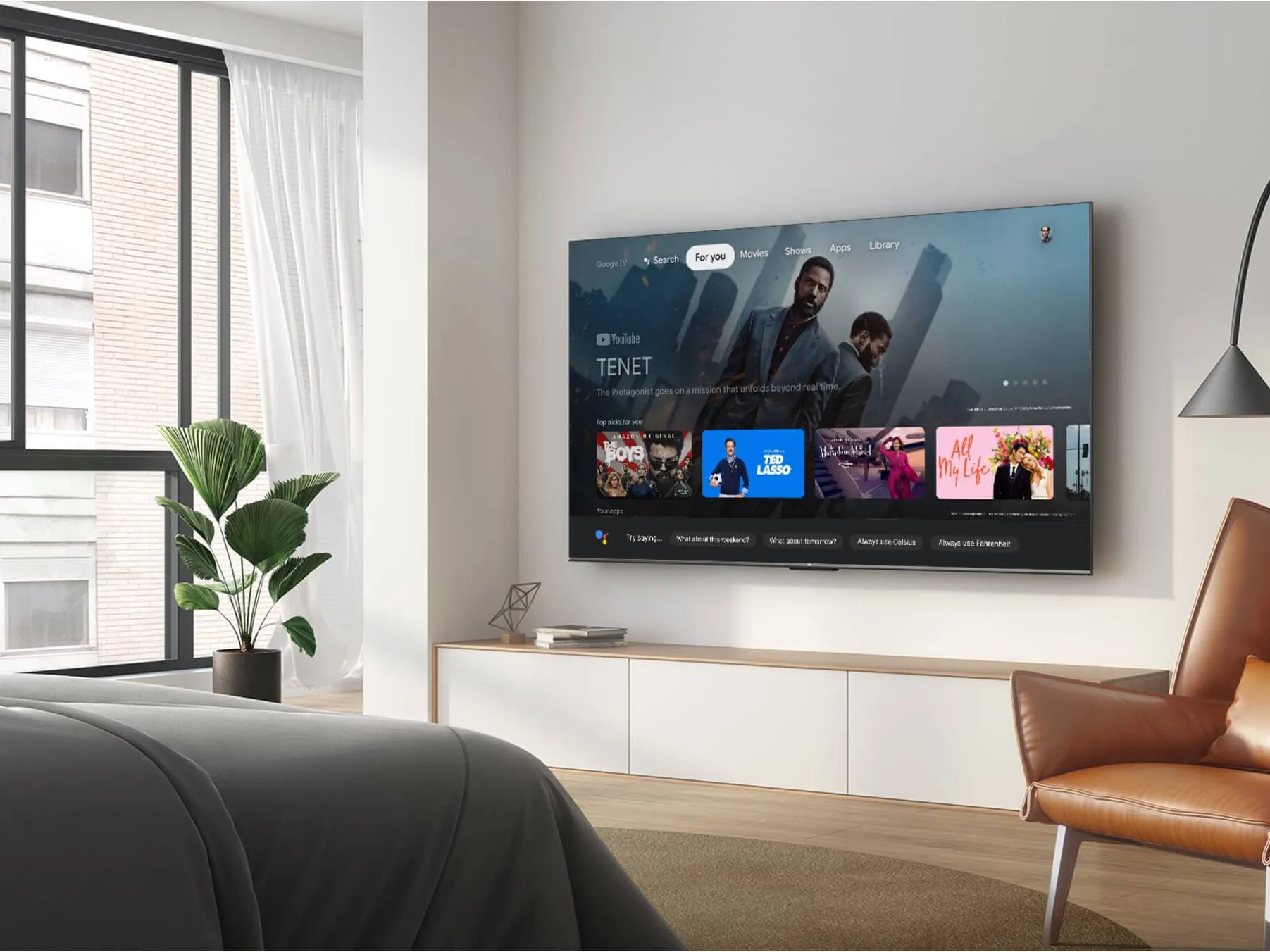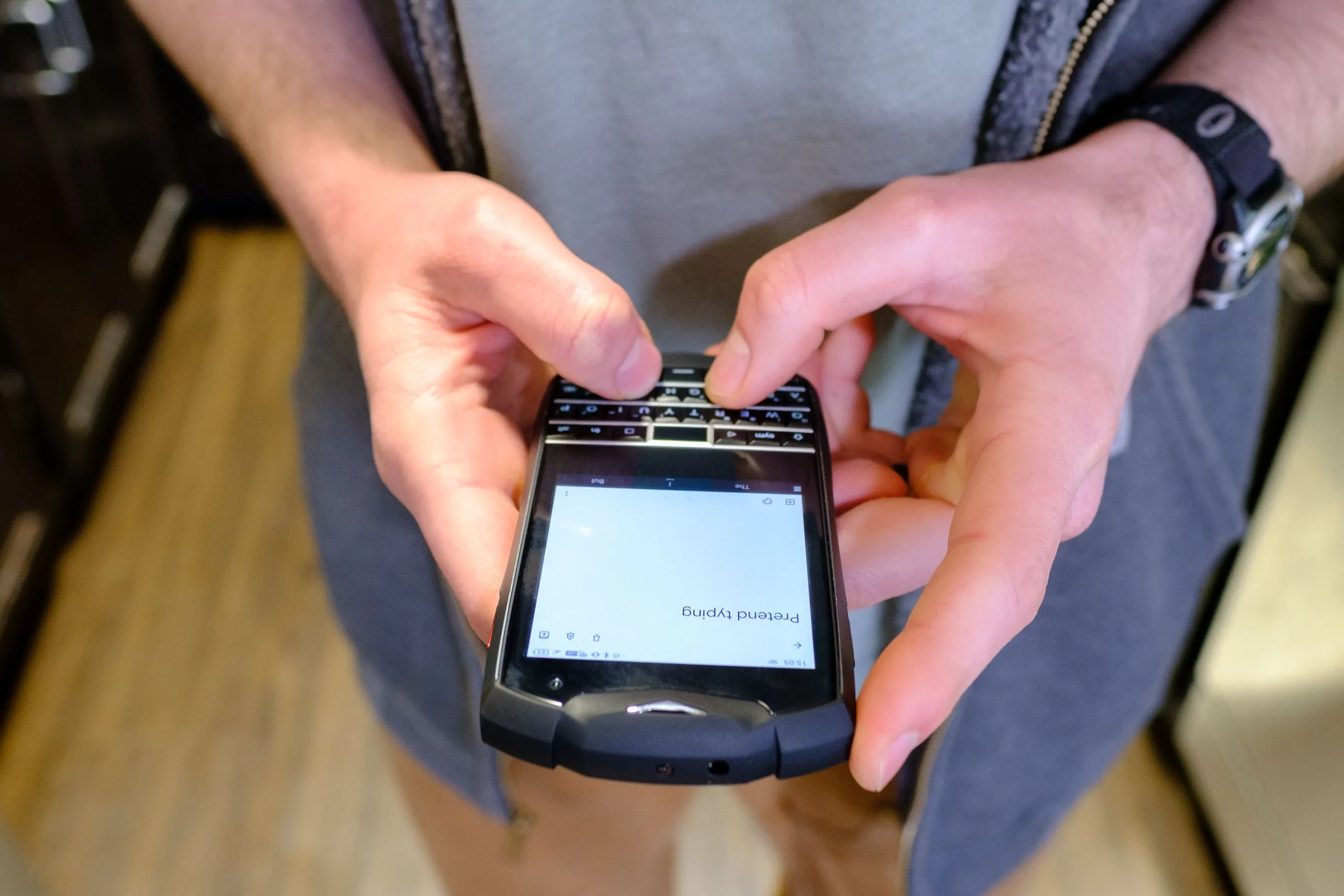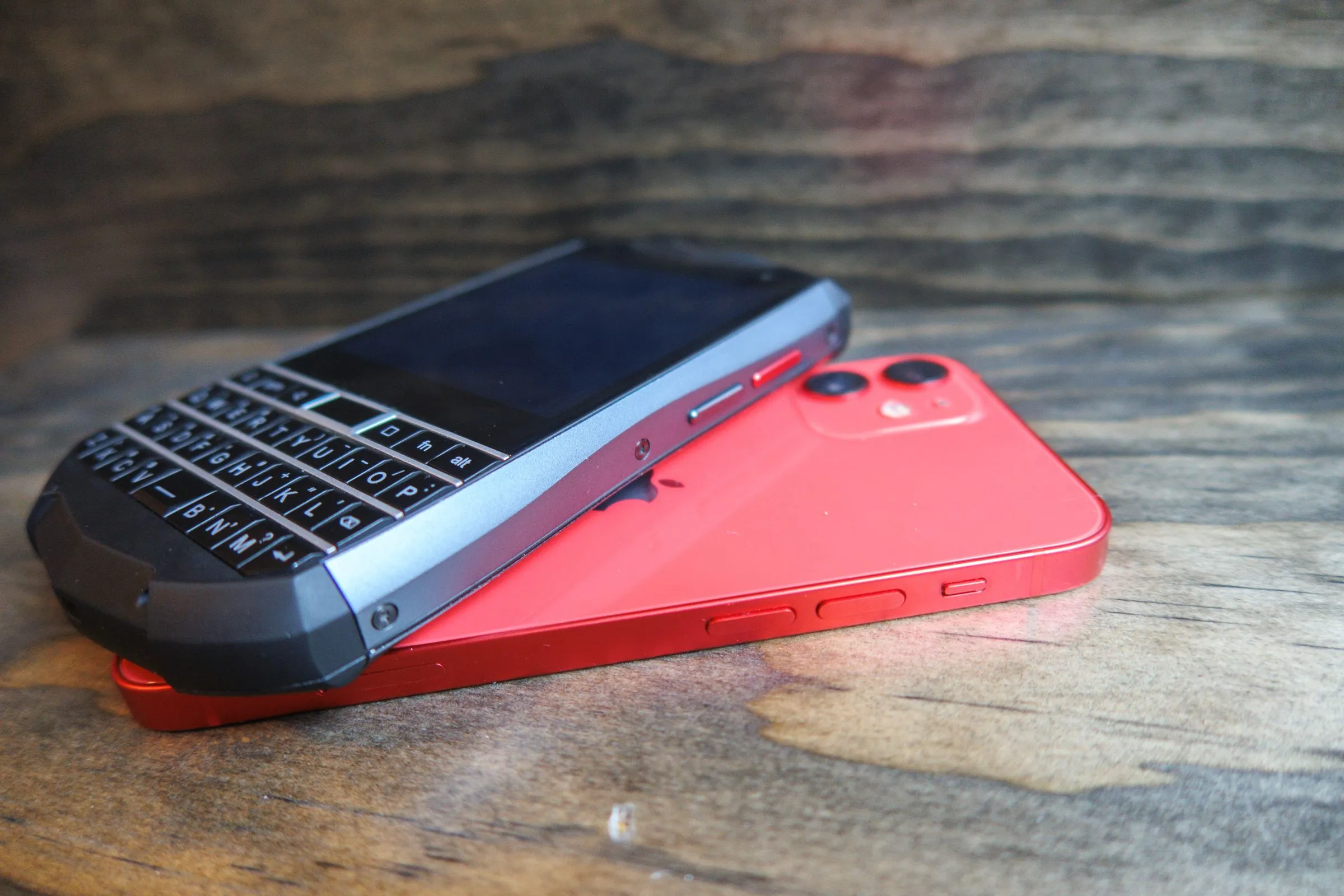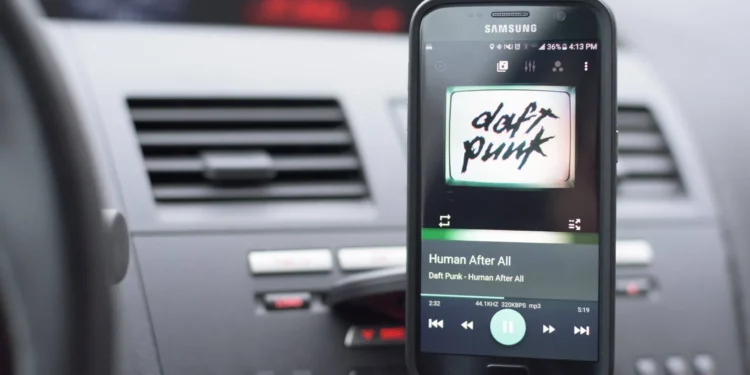We’ve all been there—struggling with the slow, error-prone process of typing using the on-screen keyboards of our smart TVs. The inefficiency of navigating through scrambled or lengthy on-screen keyboards not only frustrates users but also stymies developers aiming to create more interactive TV content. David Pierce, a seasoned tech journalist with extensive experience at The Verge and other prestigious publications, captures this sentiment perfectly: “Typing on a TV sucks.”

A Nostalgic Solution with a Modern Twist
Enter Direction9, a company that has ingeniously adapted the T9 system, originally designed for the numeric keypads of early cell phones, for today’s smart TVs. At CES 2025, Direction9 showcased a keyboard system that arranges all letters in a three-by-three number grid. This grid mimics the T9 setup where multiple letters are assigned to each number, making typing intuitive and swift.
David Pierce, who experienced the system firsthand, explains, “When you open the keyboard, your cursor defaults to the middle, and you click around to the letter you’re looking for. Every time you click the middle button to select a letter, the cursor jumps back to the center, which means you’re always only a click or two from the letter you’re looking for.”

Introducing Smart Prediction
The real game-changer for this system is its “smart” mode. By anticipating the word a user intends to type, the system allows for quicker and more accurate input. “Click the ‘abc’ button, then the ‘def’ button, and then ‘def’ button again, and it might guess you were typing ‘bed’,” Pierce recounts. For those who prefer a more hands-on approach, the keyboard also offers a manual mode, enhancing its versatility.
Seamless Interaction and Future Prospects
Beyond the grid, Direction9 has streamlined the entire typing experience. Essential functions like Enter, Space, and Back are intelligently positioned around the grid’s perimeter, and selecting them is as simple as navigating to the button—no need for an extra click to confirm.
Despite being in its nascent stages and still considered “vaporware” as it hasn’t been commercially released, Direction9 is in active discussions to integrate this keyboard into various streaming apps and smart TVs. CEO Leon Chang, who previously introduced an early version of this system, believes in its potential to enable users to type without even looking at the screen—a testament to its intuitive design.

Though the system might sound daunting at first, Pierce’s own experience of mastering it within 30 seconds speaks volumes about its user-friendly design. The prediction software, while still perfecting its handling of complex words, generally performs well with most inputs, indicating promising improvements in future updates.










